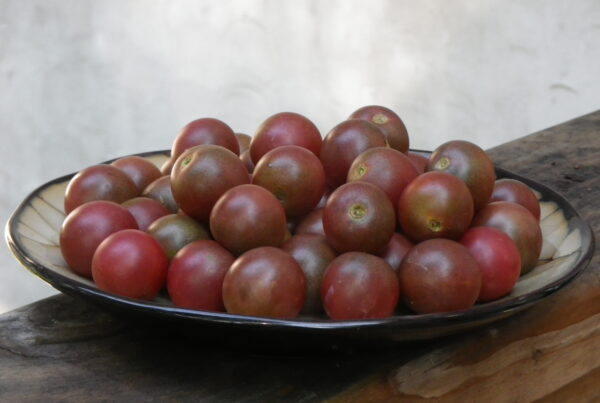Working lands conservation options are popular amongst farmers and ranchers and in high demand. The Working Trees, Grasslands, and Buffers for Conservation Act of 2023 will expand available options for agricultural producers to implement agroforestry, sustainable grazing, and practices to enhance water quality on marginal lands. The Conservation Reserve Program (CRP) is uniquely positioned to incentivize long-term conservation options, and through strategic adjustments, can further achieve strong conservation outcomes while improving producer bottom lines.
The Act creates a new Agroforestry Initiative and removes CRP prohibitions on non-emergency harvesting and grazing under this initiative. In doing so, the Act recognizes the conservation and economic benefits of agroforestry – a win-win for producers and the environment. By devoting at least 10 percent of Continuous CRP (CCRP) acres to this initiative, the bill seeks to scale agroforestry adoption to deliver increased soil carbon storage, better water quality, and improved wildlife habitat, all while diversifying producer revenue sources.
The Act also builds on the success of existing CRP programs, strengthening the Clean Lakes, Estuaries, and Rivers (CLEAR) Initiative, and piloting a longer-term program for CRP Grasslands. CLEAR and its longer-term counterpart CLEAR30 are established as distinct, permanent programs to enroll producers in water quality practices that reduce nutrient runoff and erosion. The proposed Grasslands30 program can similarly promote sustainable grazing and enhance long-term soil carbon storage. To assess long-term impacts on conservation benefits of program enrollments, the Act creates a new Conservation Outcomes Monitoring Program to assess program results.
The Working Trees, Grasslands, and Buffers for Conservation Act will promote active conservation within CCRP by:
- Establishing an Agroforestry Initiative that permits non-emergency harvesting and grazing and promotes long-term conservation;
- Dedicating at least 3 million acres to CRP Grasslands, and creating a new Grasslands30 pilot program that enables long-term contracts, promotes sustainable grazing, and enhances soil carbon storage;
- Formally establishing CLEAR and CLEAR30 as two distinct programs, increasing acreage allocations, and making them permanent;
- Gradually increasing CCRP acreage to no less than 10.5 million acres;
- Enabling Tribal governments to administer, manage, monitor, and enforce CRP contracts;
- Including transition to agroforestry and other perennial systems within the eligible purposes for CRP Transition Incentives Program; and
- Assessing long-term impacts of program enrollments on conservation outcomes.






